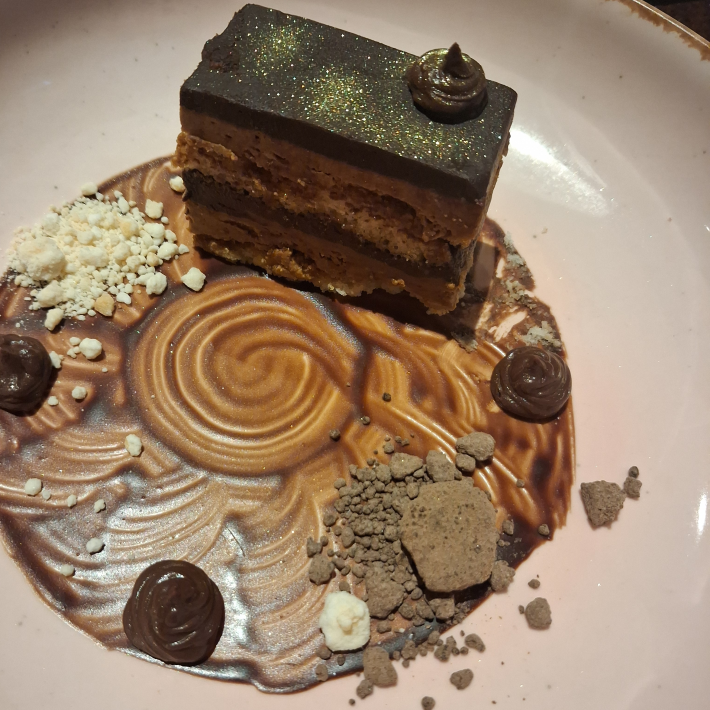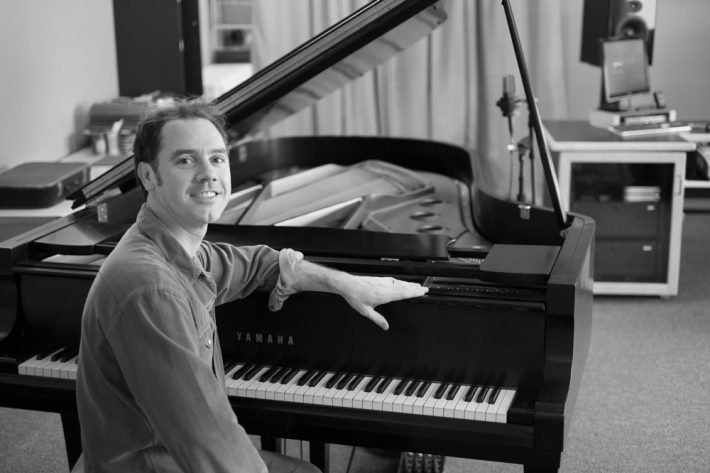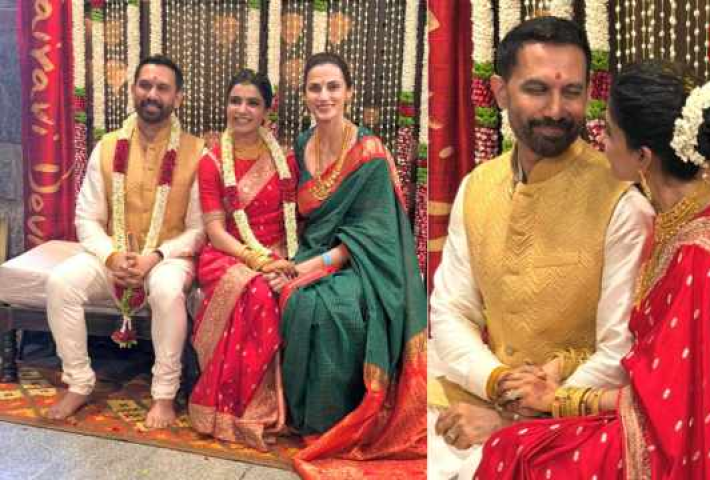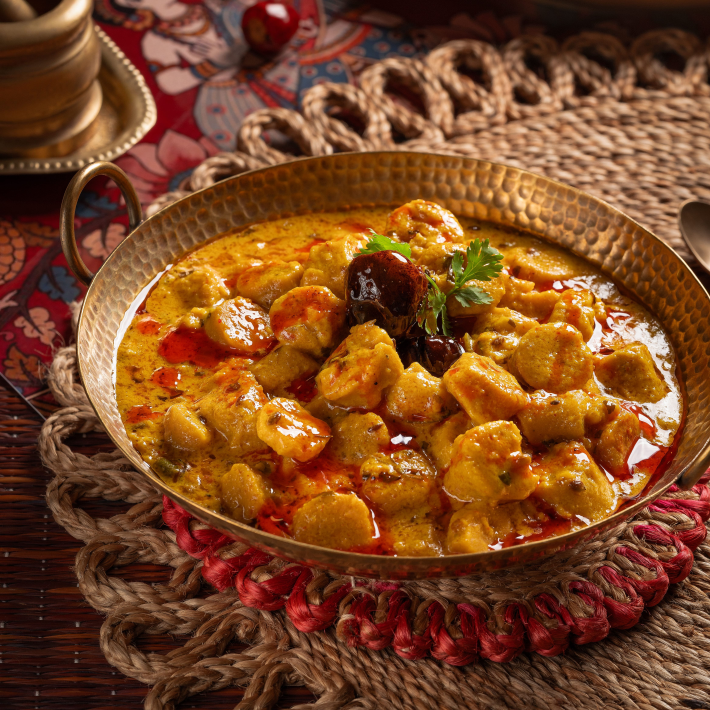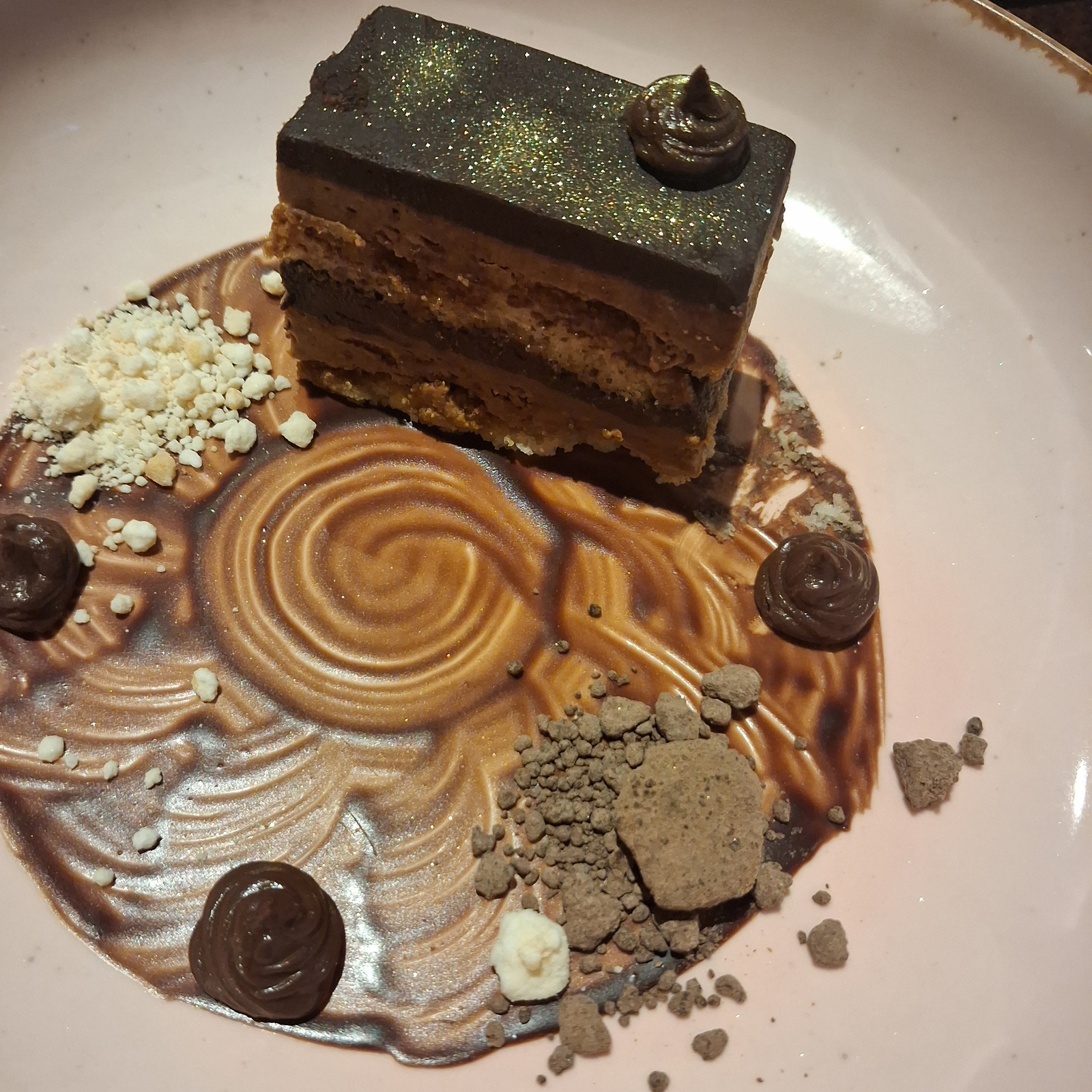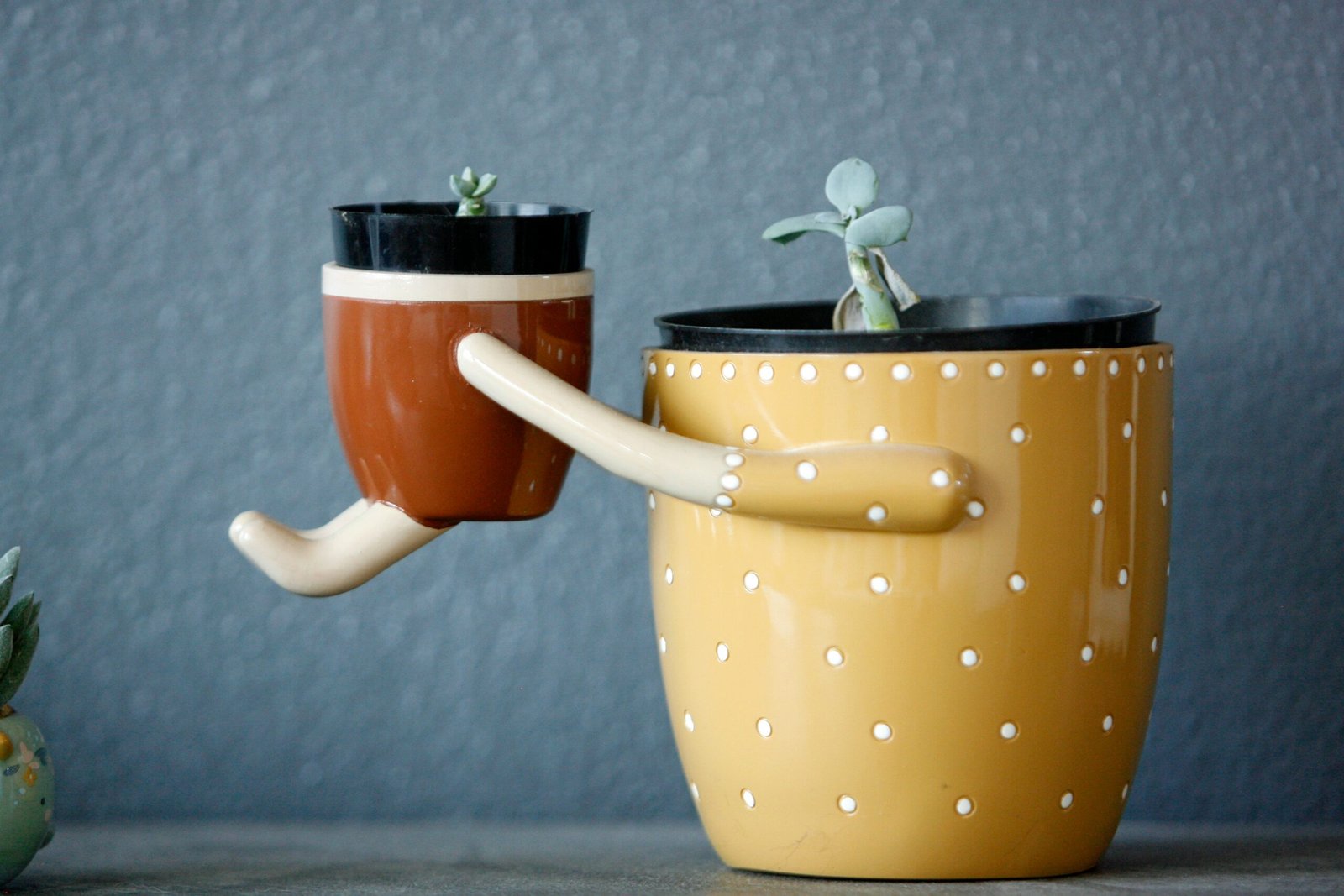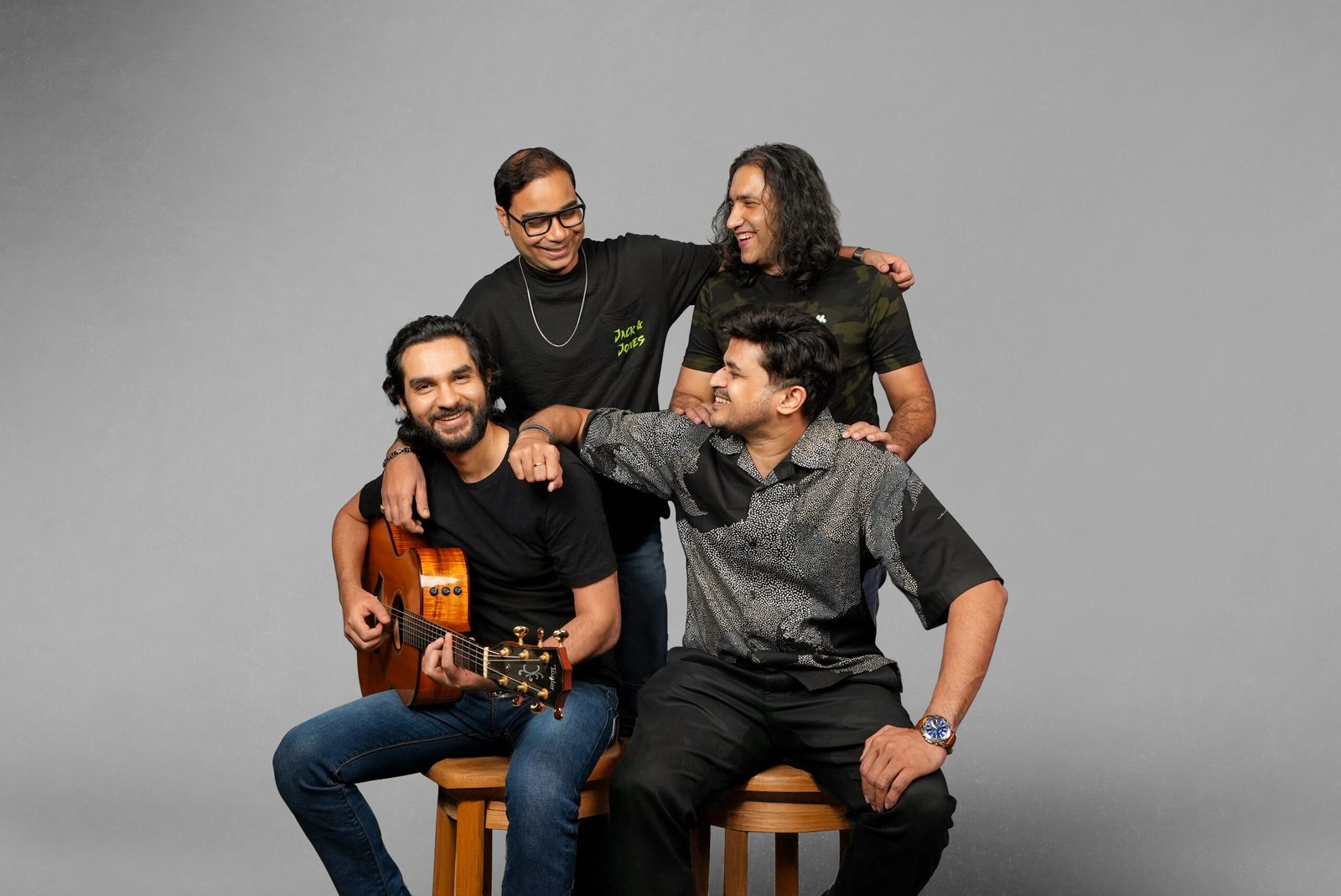Freedom Tree: Rishabh Khosla
In the kaleidoscopic realm of furnishing, design often leans typically into trends, Freedom Tree, however, has carved a vibrant, meaningful niche with its unapologetically joyful aesthetic and rooted, thoughtful storytelling. At the helm is Rishabh Khosla, a former management consultant and investor who made a dramatic and deeply intentional shift from boardrooms to bold prints. When he came onboard Freedom Tree, he wasn’t just stepping into a business; he was stepping into a creative philosophy.
Over the years, Rishabh has nurtured the brand into a multi-city lifestyle powerhouse, balancing analytical precision with an authentic respect for the creative process. From furniture and home décor to apparel, hospitality styling, and custom interiors, Freedom Tree has grown organically, always staying true to its mantra of “Good Design Everyday.”
Now celebrating 15 years of Freedom Tree and the recent opening of their new store in Bengaluru’s Whitefield, the brand enters an exciting new chapter… one that blends conscious growth, modern India’s evolving design sensibilities, and the enduring power of creativity.
In this exclusive interview, Freedom Tree’s charismatic head Rishabh Khosla talks to Sumita Chakraborty, Founder & Editor-in-Chief, TheGlitz, about his journey, the heart of Freedom Tree, and what it takes to scale soulfully.
Over To Rishabh Khosla, Freedom Tree Design
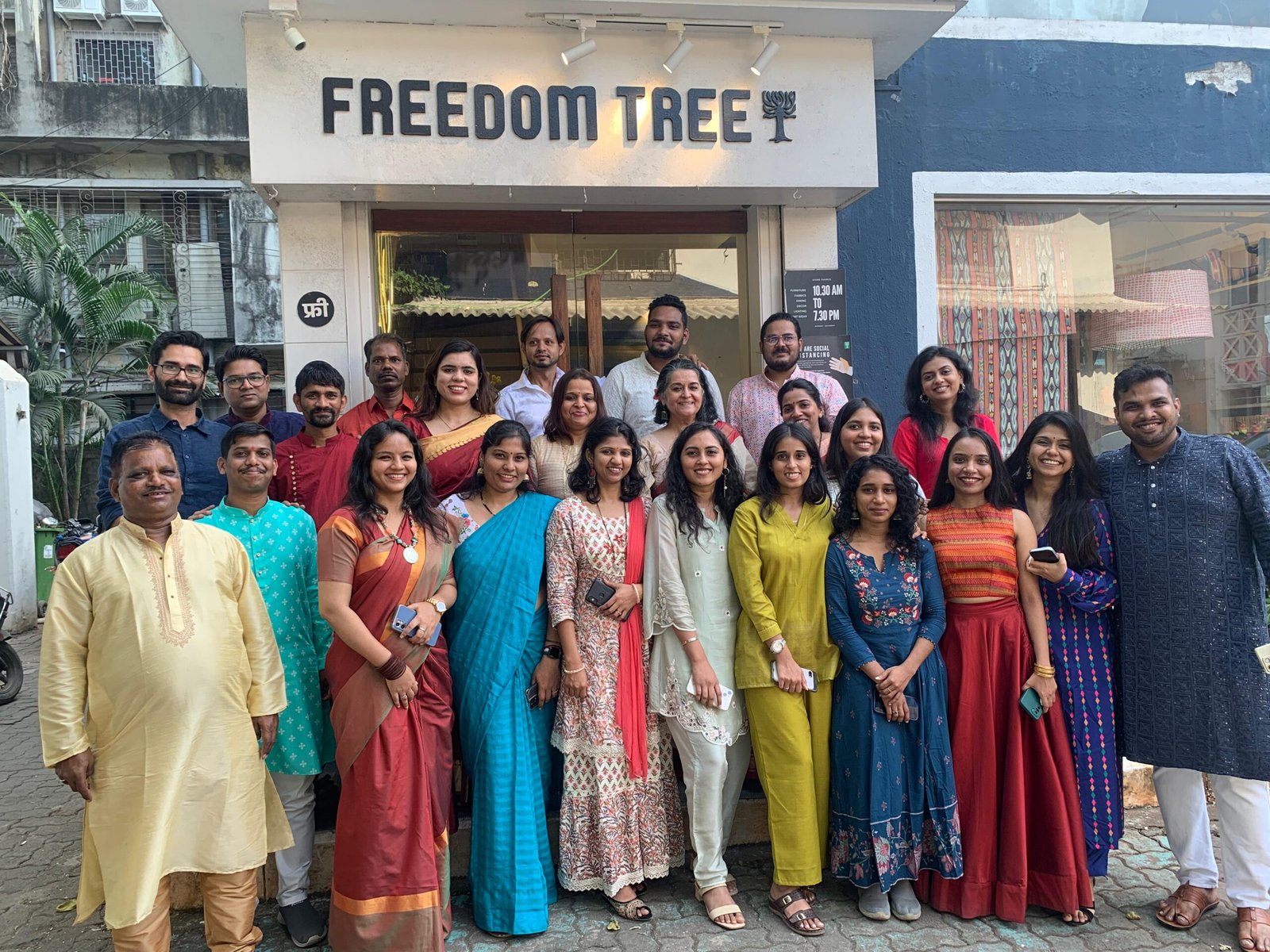
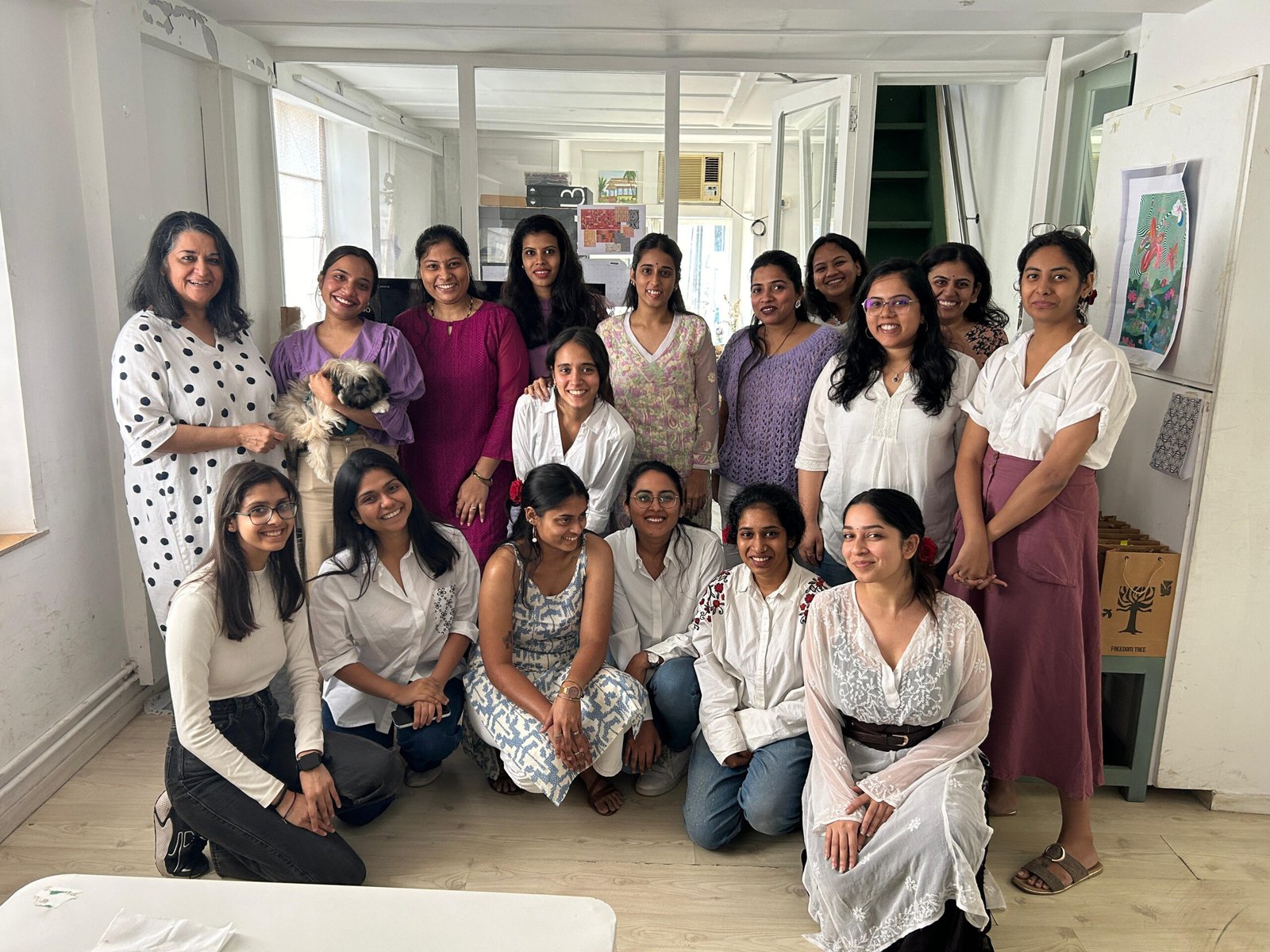
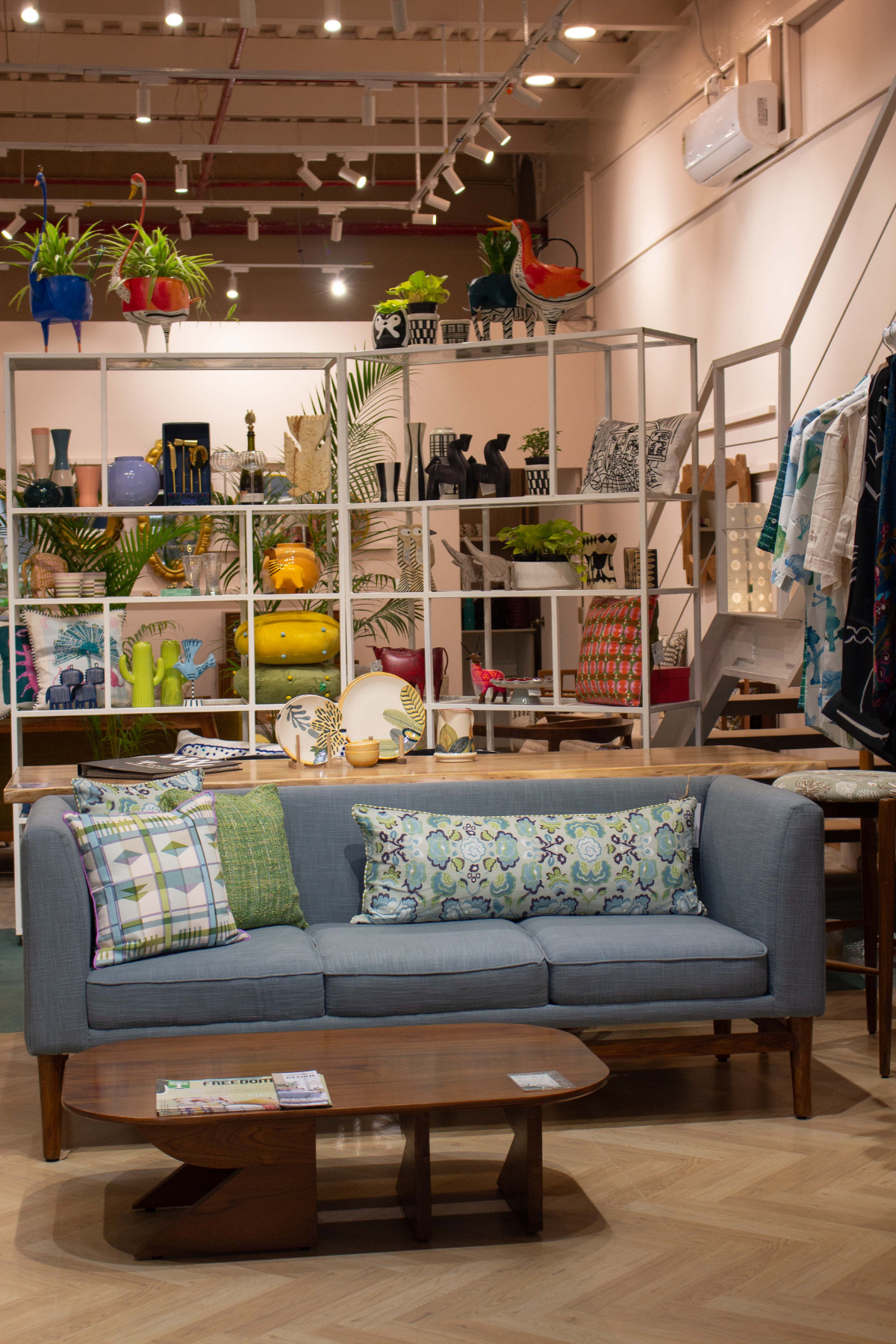
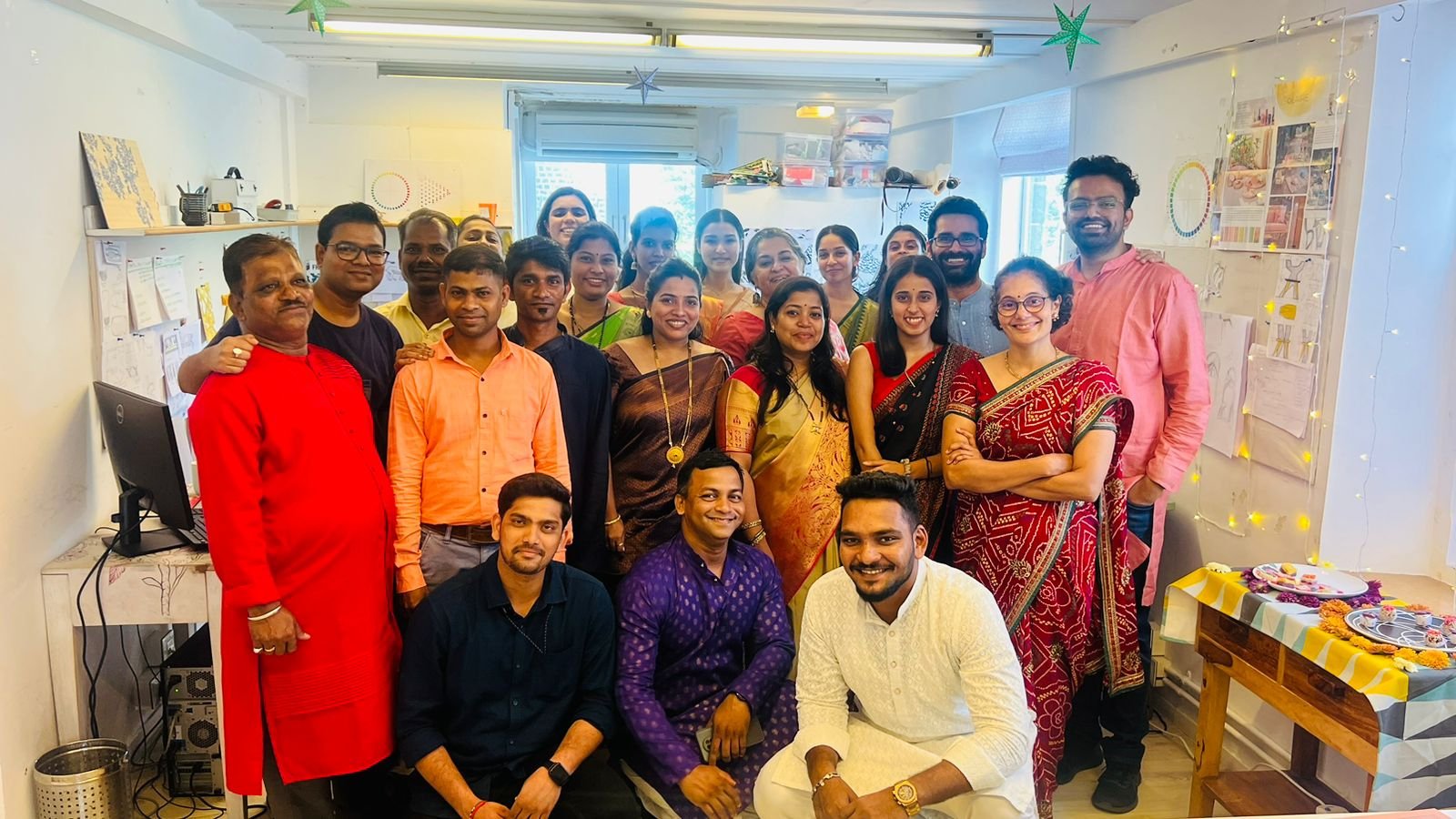
You’ve had an impressive career spanning management consulting, investing, and entrepreneurship. What inspired you to shift gears and join a creative-led brand like Freedom Tree? Freedom Tree is a lovely name, why did you choose this particular name and how did you start your Freedom Tree journey?
Freedom Tree was definitely something different – having not directly worked in retail, design, or in fact any sort of product industry in India, there was going to be a to learn. In many ways though, every step in my career was leading up to this moment – from formulating international business strategy as a management consultant, to enabling early stage start-ups in venture capital, to my own previous start up experience in recruitment technology. With Freedom Tree, I saw a wonderful platform for design and a brand with huge potential. I wanted to grow this business to a scale in line with Freedom Tree’s mission to bring Good Design Everyday to a wider audience.
The name combines the idea of “Freedom of Thought and Expression” and the Tree, which is a symbol of staying rooted in context and giving life as it branches out. If you look closely at our logo, within the branches you can see bird forms in reverse. The tree is a metaphor for staying rooted in the context. Our thoughts and ideas – like the birds – should always be able to soar free and high, bringing new thinking to the ever-giving tree.
When you came on board, what was your long-term vision for Freedom Tree, and how close do you feel the brand is today to that vision?
When I joined Freedom Tree, the goal was to grow this brand to salience – in terms of its presence in the market, a sustainably growing topline, and create brand equity as the main legacy of the business. We have made great strides in all these directions as we have grown from a small studio shoppe to a Pan-India brand. Yet I feel there is so much yet we want to do with the brand – navigate the shifting winds of retail distribution (e-commerce vs. brick and mortar), deepen in certain geographies (North and East in particular), and evolve our product categories in line with shifting consumer trends.
Freedom Tree has grown from a boutique design studio into a multi-city lifestyle brand. How do you balance scaling the business while preserving its creative DNA and cultural authenticity?
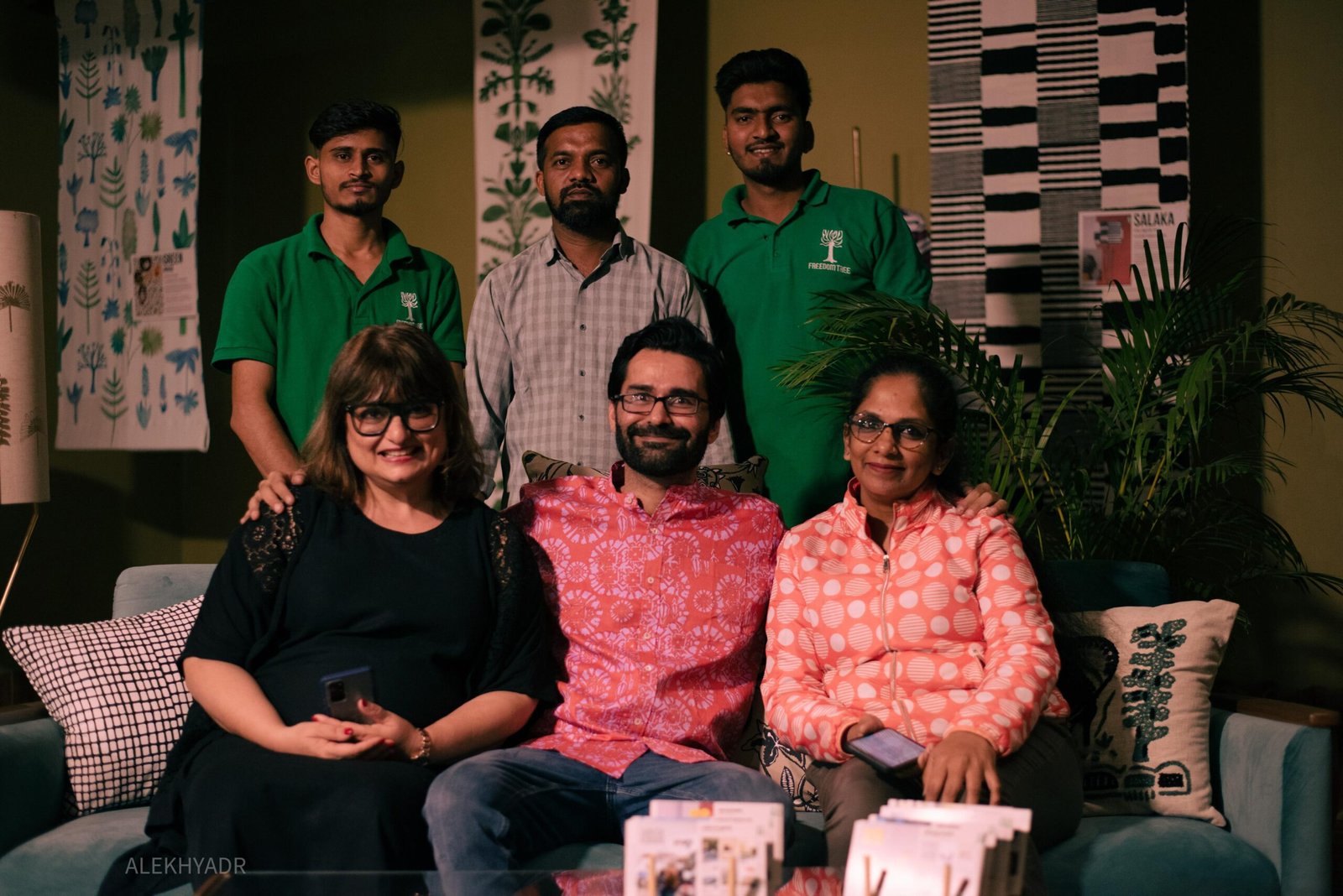
The key to this has been the central role of the design studio and wonderful team of designers we have cultivated. The thought and expression from all our ranges stem from the studio – informed of course with customer feedback and global trend – but ultimately, our design process is rigorous, world-class, and thoroughly unique. Moreover, design thinking infuses everything we do – from our visual merchandising to our warehouse operations. Designers are actively engaged in everything from setting up new stores to hosting events and interactions with customers.
You’ve introduced apparel, hospitality styling, and custom interiors into the brand. What was the thought process behind diversifying into these verticals, and which one excites you most right now?
These adjacencies and new verticals were always driven by a marriage of our core expertise and an overlapping customer need. Hospitality clients, interior designers, and developers have always approached us because our designs help them create a boutique feel that is on trend and thoughtfully put together. As we have our design team in-house, it became a natural extension to advise consumers and commercial buyers on how to create a look end-to-end through our interior styling services.
Apparel is a newer category for us, and one that I am most excited about – not just because I hungrily buy every men’s shirt we introduce for my everyday wear! This is something that many of our customers asked us to do for a long time “we love your prints, I wish I could take them with me!” Strategically it made a lot of sense as well as it was leveraging the same customer base, an addressable market 10x the size, and a much higher purchase frequency that categories like furniture. Most importantly, it allowed us to translate our existing design equity and print into a new category. We are very intentional about clothing as there are so many ways to do it – from high fashion to couture and fast fashion to basics. We want to bring the same breezy and bold feeling from our home collections to clothing – think resort chic or creative attire for the work from everywhere professional.
Freedom Tree stands for design with meaning. How do you ensure that growth is not just profitable, but also sustainable and aligned with values that resonate with today’s consumers?
Again, the key here is the way we have structured the design team and our process. I have learned to trust that the values and vision of this team must be nurtured as the north star of the business. There are so many times when we were advised to “rest” a profitable line or product by design as it was “no longer fresh or resonant” and sure enough, the timing would always be perfect. It needs to make room for something else. As a business we are constantly introducing new collections, reviving and resurrecting old designs, this process of “creative destruction” keeps us focused on our broader mission.
The other important thing to mention here is that designers are incredibly data driven, structured, and business orientated in their thinking – or at least they can be! Our business and design teams are amazing in the way they work together – with merchandisers and retail teams bringing commercial constraints and customer inputs – and designers being ble to absorb that and design solutions around all these constraints.
The B2B side has expanded significantly under your leadership. How do collaborations with architects, designers, and institutions influence the creative and business direction of Freedom Tree?
The B2B side of our business will always be a decent part of our business. From boutique hospitality to corporate gifting, we’ve witnessed the growth of these sectors in India over the last decade and a half. We work with a few niche clients who are looking for a designer solution, something handmade and boutique. We don’t do everything, in fact, we say no more often than we say yes to projects that come our way.
We of course maintain great relationships with a broader set of interior designers, architects, and stylists as even when they are not direct buyers of our product, they are major influencers in the end-consumer’s decision.
It’s interesting how when you see B2B as one of many distribution channels we have (including our own stores, our own website, and a few select partner websites and stores), how over time they naturally balance each other out. During covid the hospitality business disappeared, but our direct online business boomed, coming out of covid, the revenge travelling trend brought in a lot of demand from hospitality. So cyclically these different channels balance each other out.
You’re known for combining analytical thinking with respect for creativity. Could you share examples of three challenges where this blend of skills helped Freedom Tree make the right decision?
Three quick ones then:
- There’s often a tussle when we review costs at the sampling stage of new products. Sometimes design wants to throw in the “the works” – for example a signature cushion, printed on a premium base, with additional border and handwork details. I’ve often shied away from such signature pieces, but design is amazing at re-working a design to hit costs, or convincing me it will sell – and more often than note – it does!
- The discipline of regularly reviewing which categories are performing and which need to be reduced or culled is also a very valuable and impactful conversion in-house. We have reduced a range of products with this kind of input – from things like votive candles and bathroom sets. And have conversely increased our design development in other areas where it was falling short – like bedding or wall art. It’s amazing how sometimes a creative and design-research based approach is able to then add new categories and product lines that we would never have dreamed off. Many of our ranges started this way – as shots in the dark informed by a gut – most notabely our “Found Art and Object” series of reclaimd domestic and industrial artifacts that we turn into décor objects.
- The most amazing fusion of creativity and commercial comes when we do real spaces – whether it’s a new store or a design show, or even a customer’s house. The ability for our design team to come up with inventive LOW COST and impactful solutions always amaze me. The impact of a splash of paint on the wall, leaving spaces blank, industrial allow us to design and create spaces at half the cost of others – whatever the context!
What’s next for Freedom Tree? Are there new markets, categories, or ideas you’re especially excited about exploring in the near future?
I would want Freedom Tree to continue to be more intentional and thoughtful in its product development. That thought and effort translates into a more mindful and concious product which our consumer is increasingly demanding today. So instead of doing more, I am excited for FT to do less, but do it better and more thoughtfully. That said, I am tremendously excited about our push into lifestyle products like clothing, accessories, and giftables. I am also excited about navigating our upcoming distribution expansion – whether it’s through e-commerce platforms or further store expansion in the coming years.
Could you list three milestones in your Freedom Tree journey that you are exceptionally proud of…
- By far our proudest moment was during COVID. It was such a devastating and confusing time from a business perspective, a personal perspective, but I am so proud about how we navigated that period with our team and customers. We didn’t let go of a single person, we resumed operations as soon as possible, and we supported our karigars and artisans through a number of charitable initiatives.
- I am also proud of our first store that we opened after I joined – in Bengaluru – in 2018. This was our first store in South India, and the reception has been incredible. It broke even in it’s first year, and become our largest contributing store across our system and has maintained the position since practically Day 1.
- More recently, I am more proud of things we have said no to than of things we have said yes to. Killing categories that would distract us, de-prioritizing distribution that is not scaling, and saying no to partnerships that are not aligned with our values and brand. I hope we can do more of this as it will take everything we’ve got to continue to chart our way forward with this brand.


